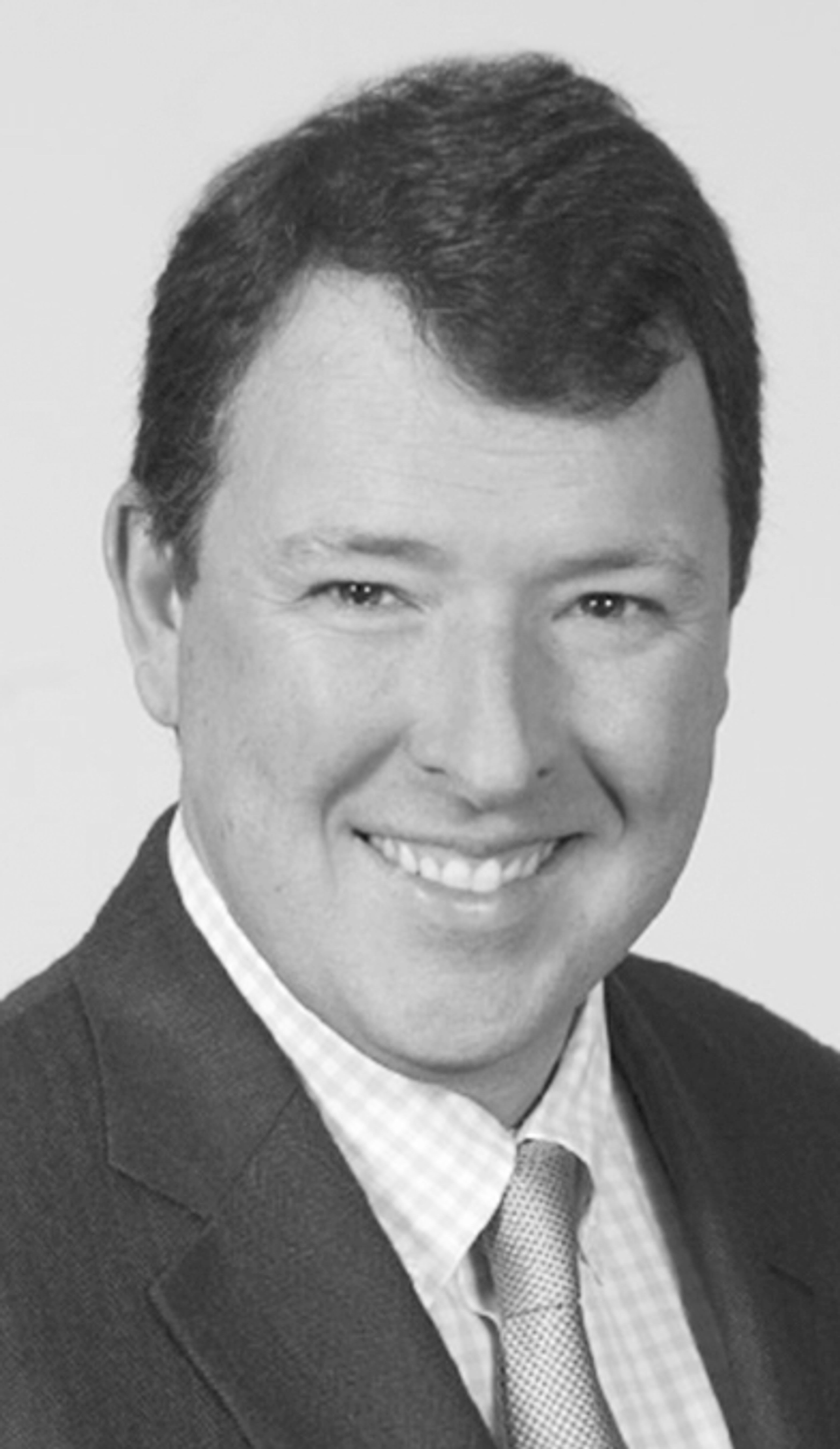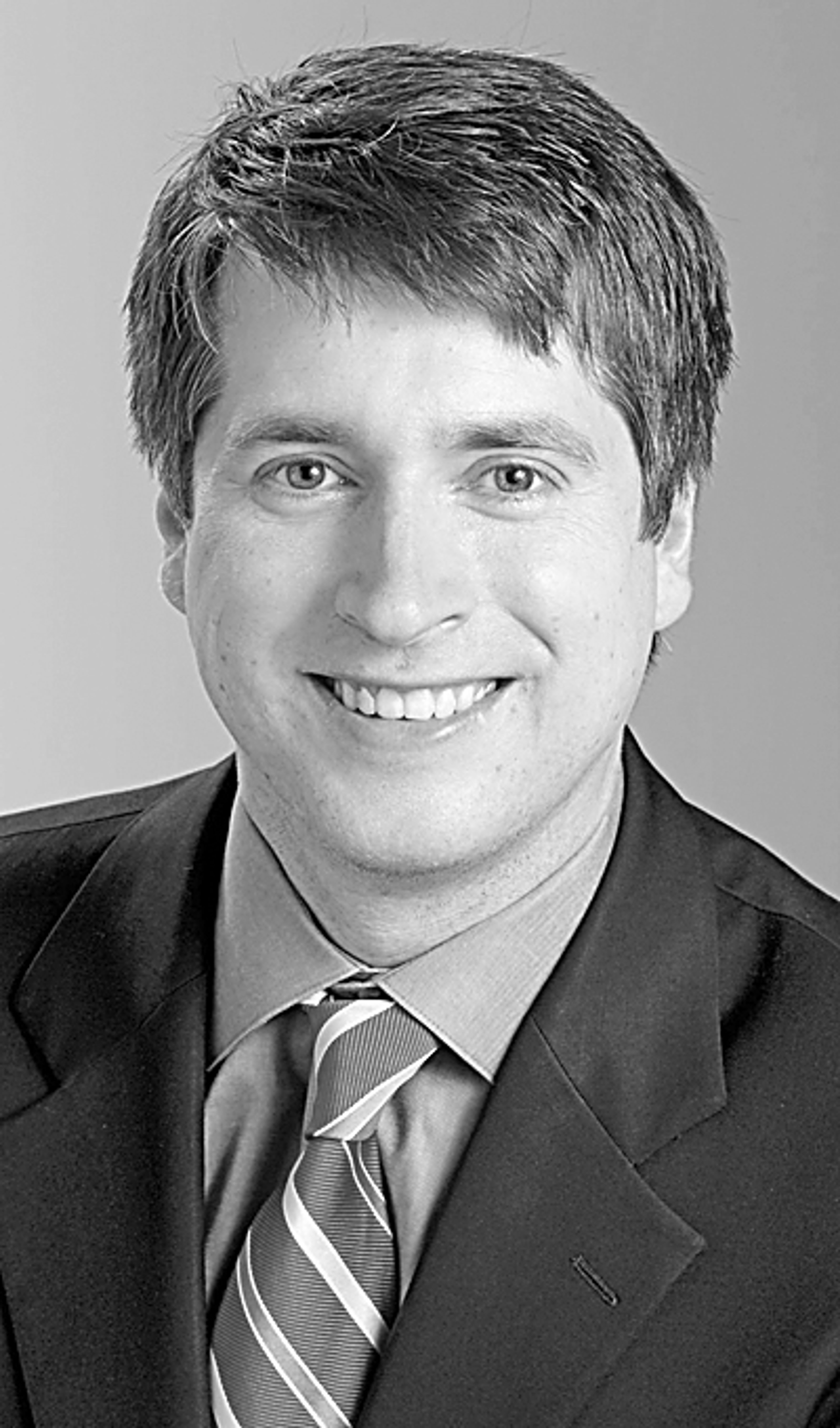Just a few years ago, anyone asking who was in charge of the health systems in the state of Missouri would have been told with total confidence that such care was being provided by private physicians, a network composed primarily of publicly owned hospitals and the state's mental health agency.
Today, the same question would produce almost a totally different cast of players, including members of the U.S. Congress, the U.S. Department of Health and Human Services, the president of the United States, the governor of Missouri, members of the Missouri General Assembly, the state's three departments of Social Services, Health, and Mental Health, several huge nationwide for-profit hospital corporations and a number of health maintenance organizations.
It is rare to find the original principals of Missouri health systems in charge of any programs, policies or practices. More often than not, they are simply an increasingly small portion of just the delivery system, and as for formulating policies on how the sick shall be treated, forget it. Those policies are for the most part now reserved to politicians and bureaucrats in state and U.S. capitals.
The number of Missourians who can still remember when they visited a private doctor's office when they were ill or were admitted to a church- or county-sponsored hospital is rapidly diminishing to point zero. For a nation that embraces free enterprise as a sacred part of its way of life, this health transformation is nothing short of revolutionary. Even more so is the average citizen's acceptance of a system supported by public tax funds and politically conceived and administered.
Let's see how one New Age component -- managed care -- is operating and, while viewed by some as the wave of the future in health care, is still in the process of formation in much of outstate Missouri. There are signs that such systems will improve the health of many rural Missourians, but there are other signs that are disturbing, even ominous.
To date, most outstate regions have avoided the dramatic changes that are revolutionizing the entire health care system. Until now the explosive growth in HMOs has been mainly urban. The situation may change. The largest factor affecting health services to wide regions of Missouri could prove to be the payment rates for Medicare reimbursement.
Charles Fluharty, director of the Rural Policy Research Institute on the University of Missouri's Columbia campus, notes that Medicare rates are especially significant to rural health care because so many residents are covered by this program and because rates are almost certain to be increased. Higher payments, Fluharty notes, could have one of three effects:
First, they could encourage local health care providers, namely physicians, clinics and hospitals, to establish or sustain their own HMOs to serve outstate residents.
A second possibility is that newly established HMOs would appear in outstate and crowd out a large portion of traditional rural providers.
A third possible outcome is that urban based HMOs could, in Fluharty's words, "choose to offer plans with low additional premiums and very attractive benefits to rural beneficiaries." Such organizations would be formidable competitors, and apart from feelings about the depersonalization of modern medicine, if urban HMOs extend across Missouri "there might be a net reduction in Medicare dollars flowing into local communities." Realists would change "might" to a sure-thing.
The MU policy specialist summarizes the importance of Medicare to outstate areas in statistics showing that in 1996, Medicare coverage extended to 16.2 percent of rural Missourians compared with 12.7 percent of the urban population. In some rural counties, this increases to 20 percent or more of their total populations receiving Medicare benefits. More striking are data on physicians' income. In 1994 rural physicians received 33.1 percent of their gross revenue from Medicare, as compared to only 26.7 percent for urban doctors.
Medicare reimbursement rates, known as AAPCC rates, have long been lower in outstate counties than large-city areas such as St. Louis and Kansas City. Fluharty notes that changes being made in the reimbursement formula are almost certain to increase the rates and, quoting him directly, "reverse the historical discrimination against rural areas."
It's at this point that efforts to recognize the alternate courses that health care could take assume considerable importance. In the past, low Medicare reimbursement has been one of several barriers to rural expansion of HMOs, perhaps even the greatest barrier. When these rates rise, most analysts and health sector leaders agree that managed care in rural areas will be significantly increased. The question that follows is whether it will be made available by HMOs, on terms that typically are now well established, or by local providers, who on finding higher Medicare payments much more attractive, will establish their own rural managed-care organizations.
Fluharty clearly regards locally organized managed care to be feasible but he is equally supportive of the critical need for local leadership. Among "key factors," he notes there must be a local delivery system that is capable of managing managed care, while proceeds from the higher Medicare payments must be used to reinvest in the local delivery system.
I recognize that all of the above is both confusing and far from simple, two descriptions that can be used in describing the health delivery systems now being built all across our state and the nation as a whole. Unfortunately, the picture is likely to get even more blurred and far more complex as time progresses.
Welcome to New Age medicine.
~Jack Stapleton of Kennett is the editor of Missouri News and Editorial Service.
Connect with the Southeast Missourian Newsroom:
For corrections to this story or other insights for the editor, click here. To submit a letter to the editor, click here. To learn about the Southeast Missourian’s AI Policy, click here.








